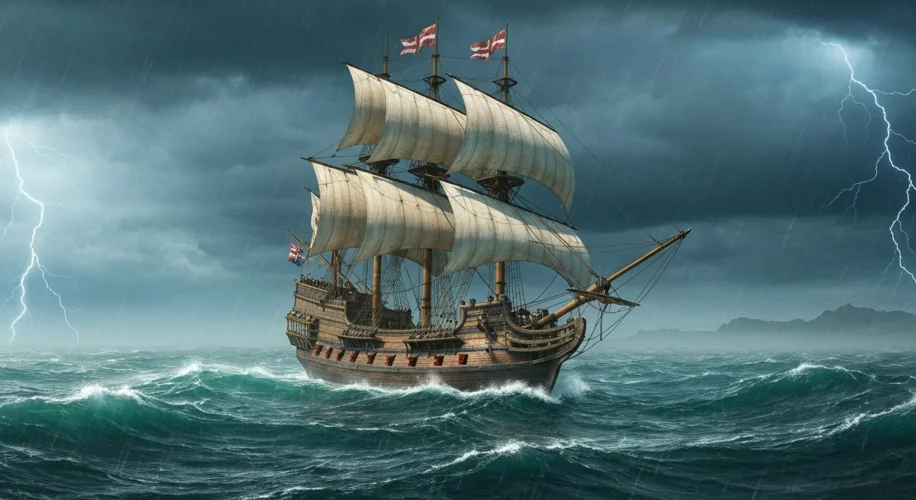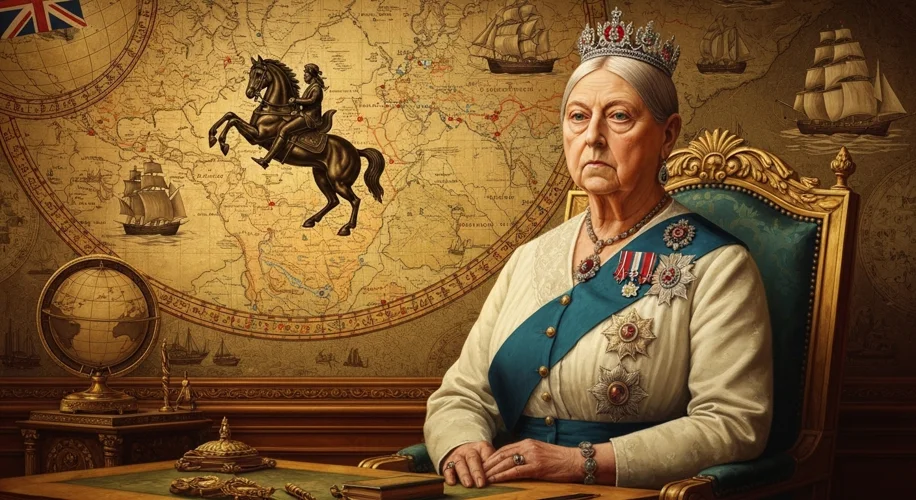The year is 1763. The Treaty of Paris has just been signed, ending the Seven Years’ War, a global conflict that cemented Britain’s dominance on the world stage.
But how did this island nation, once a relatively minor player, come to command an empire that spanned the globe, its influence stretching from the sun-baked plains of India to the icy shores of Canada? The story of the British Empire is not merely one of conquest; it’s a complex tapestry woven with threads of exploration, trade, ambition, and a remarkable adaptability that allowed it to weather storms and capitalize on opportunities.
The Seeds of Ambition: Early Ventures and the Dawn of Empire
The foundations of Britain’s imperial reach were laid not in grand pronouncements, but in the daring voyages of explorers and the relentless pursuit of wealth. Think of Sir Francis Drake, not just a pirate in the eyes of the Spanish, but a national hero for England, circumnavigating the globe and plundering Spanish treasure ships. These early expeditions, driven by a mixture of adventure and avarice, provided not only riches but also invaluable geographical knowledge.

By the 17th century, the focus shifted towards establishing permanent settlements. The Virginia Company’s Jamestown settlement, founded in 1607, marked the beginning of English colonization in North America. These early colonies, often established with the hope of finding gold and new trade routes, eventually grew into thriving centers of commerce, particularly through the cultivation of cash crops like tobacco. Simultaneously, ventures into the East Indies, spearheaded by the East India Company, began to carve out lucrative trading posts, setting the stage for future dominance.
The Engine of Empire: Trade, Industry, and Naval Power
The 18th century witnessed a dramatic acceleration in Britain’s ascent. The Industrial Revolution, beginning in Britain, provided an unparalleled advantage. New technologies, from the steam engine to improved textile machinery, revolutionized production, creating a surplus of goods that needed new markets. This is where the empire became the perfect engine for economic growth.
Britain’s burgeoning industries required vast amounts of raw materials – cotton from America and India, timber from Canada, sugar from the Caribbean. The empire supplied these resources, while simultaneously serving as a captive market for British manufactured goods. This symbiotic relationship, though often exploitative, fueled an economic boom that financed further expansion.
Crucially, this economic might was underpinned by a powerful navy. The Royal Navy, “the wooden walls of Old England,” was essential for protecting trade routes, projecting power, and enforcing British will across the vast distances of the empire. Victories like the Battle of Trafalgar in 1805, where Admiral Nelson secured British naval supremacy, were pivotal in maintaining this advantage.
The Zenith of Power: The Victorian Era and Global Hegemony
The 19th century, particularly the Victorian era, marked the absolute zenith of the British Empire. At its peak in the early 20th century, it covered nearly a quarter of the Earth’s land surface and ruled over a fifth of the world’s population. Queen Victoria, crowned Empress of India in 1876, became the figurehead of this colossal enterprise.

This was an era of immense territorial acquisition. The “Scramble for Africa” saw European powers, including Britain, carve up the continent with little regard for existing borders or peoples. India, the “Jewel in the Crown,” was directly administered by Britain after the Indian Mutiny of 1857, becoming a linchpin of the empire’s economy and prestige. Australia, New Zealand, and vast swathes of territory in North America and Asia were all brought under British rule.
The motivations for this expansion were multifaceted: economic gain, strategic advantage, the “civilizing mission” (a paternalistic belief in bringing British culture and governance to other peoples), and sheer national pride.
The Cultural Imprint: Language, Law, and Lasting Legacies
The impact of the British Empire extended far beyond economics and politics. It left an indelible mark on the cultural landscapes of its former territories. The English language, spread through trade, administration, and education, became a global lingua franca. British legal and administrative systems were often adopted, shaping governance in many nations.

However, this cultural diffusion was not always benign. The imposition of British values, the suppression of local customs, and the inherent racism embedded within the imperial ideology created deep-seated grievances. The legacy of colonialism is complex, marked by both advancements in infrastructure and education, and the profound trauma of subjugation and exploitation.
The Long Sunset: Decline and Transformation
While the empire reached its peak in the early 20th century, the seeds of its decline were already being sown. Two World Wars, though militarily successful for Britain, severely drained its economic and human resources. The rise of nationalist movements in its colonies, fueled by the very ideals of self-determination that Britain sometimes espoused, proved increasingly difficult to suppress.
The post-World War II era saw a rapid dismantling of the empire, as nations like India, Pakistan, Nigeria, and Ghana gained independence. The process was often peaceful, but sometimes fraught with conflict and division.
Today, the British Empire as a formal political entity is a relic of the past. Yet, its echoes resonate in the Commonwealth of Nations, in the global spread of the English language, and in the intricate historical, economic, and cultural connections that continue to shape our world. The story of its rise is a monumental chapter in human history, a testament to ambition, innovation, and the enduring quest for power and influence.

